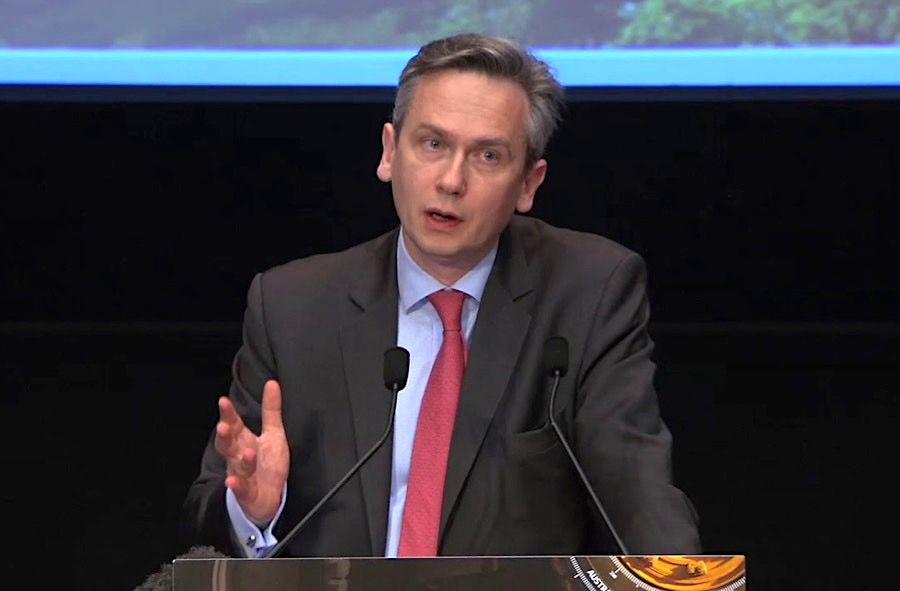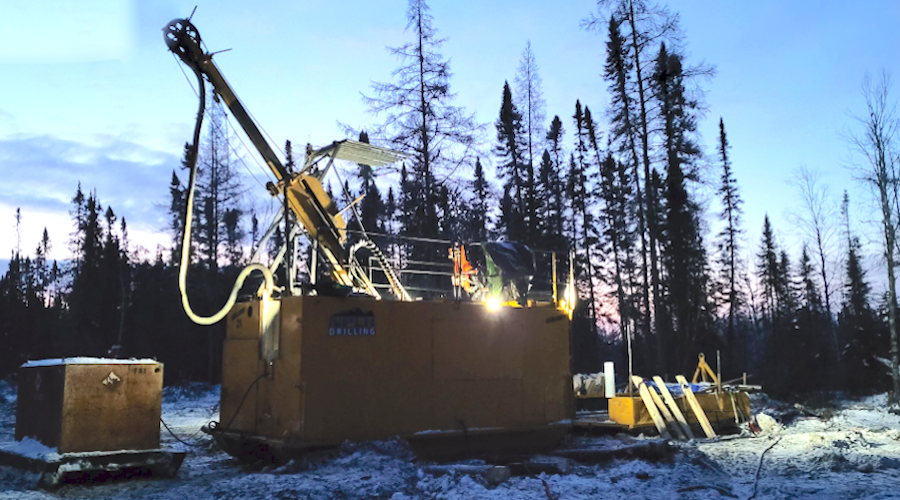Rio Tinto down despite $7.2bn cash return to investors

Shares in Rio Tinto (ASX, LON, NYSE:RIO) fell about 3% in both London and New York on Wednesday despite the world’s No.2 mining company announcing it would return more than $7 billion through dividends and share buybacks.
In London, Rio was down 3.21% to 4,062p by 2:00 p.m local time, while shares traded in New York dropped 3.5% in premarket, after the company said first-half profit grew 12% to $4.42 billion, below the $4.53 billion analysts’ consensus.
Rio blamed the earnings miss on an Australian tax payment, labour disruptions at its Richards Bay minerals business and alumina supply contracts.
Underlying profit for the first six months of the year came in at $4.42 billion, up from $3.94 billion in the same period last year.
Rio blamed the earnings miss on an Australian tax payment, labour disruptions at its Richards Bay minerals business and alumina supply contracts. Alumina, a raw material used to make aluminum, recorded big price gains early in the year after the US slapped sanctions on Russia’s Rusal, catching Rio and other producers unprepared to benefit from the spike.
The group’s largest division, iron ore, delivered the lion’s share of revenue (about 70% of the total), as higher output offset lower prices for the commodity in the period.
Another of the company’s key divisions, copper, recorder a 26% production growth and benefitted from prices hitting four-year highs.
Under chief executive Jean-Sébastien Jacques, in the post since July 2016, Rio has focused on cutting costs, generating cash and returning as much of it as possible to investors through dividends and share buybacks.
This time, the company promised to pay a record interim dividend of $2.2bn, add $1bn to its share buyback scheme by the end of February 2019 and return $4bn of asset sale proceeds to investors.
Including the sale of its 40% stake in the giant Grasberg copper and gold mine, Rio has raised more $8bn from disposals so far this year.
 The Melbourne, Australia and London, England- based miner is generating massive amounts of cash even as cost pressures rise, and its low debt levels mean it has financial capacity to move on acquisitions or projects. The company, however, is resisting the temptation to backslide.
The Melbourne, Australia and London, England- based miner is generating massive amounts of cash even as cost pressures rise, and its low debt levels mean it has financial capacity to move on acquisitions or projects. The company, however, is resisting the temptation to backslide.
“We’re not going to do anything stupid,” Jacques told analysts, according to Bloomberg. “We’re not under pressure to grow.”
It doesn’t mean Rio is not seeking growth. It’s already expanding its huge Oyu Tolgoi copper, gold and silver mine in Mongolia. It’s also working with BHP on the Resolution project in Arizona, which will be among the world’s largest copper mines. A joint study is slated to be completed by 2021.
Goodbye coal, hello smart mining
In a separate statement, Rio announced it had completed the sale of its remaining coal assets in Queensland, Australia, for $3.95bn.
The transactions include the sale of Rio Tinto’s interests in the Hail Creek coal mine and Valeria coal development project to Glencore (LON:GLEN) for $1.7 billion, and its interest in the Kestrel underground coal mine to a consortium comprising private equity manager EMR Capital and PT Adaro Energy Tbk for $2.25 billion.
The group has also approved a $146 million-investment to undertake initial work at the Koodaideri iron ore project in Western Australia, ahead of a final investment decision expected by the end of the year.
While still subject to government approvals and a final investment decision, the operation will become Rio’s first intelligent mine, incorporating the latest in high-tech advances in the industry and utilizing an increased level of automation and robotics.
Koodaideri is a large scale, low-cost, high-quality project, expected to produce replacement tonnes and for a new production hub for the company in the Pilbara for decades.

Part of the Rio Tinto’s fleet of autonomous haul trucks in the Pilbara. (Image courtesy of Rio Tinto via Flickr.)
More News
{{ commodity.name }}
{{ post.title }}
{{ post.date }}




Comments